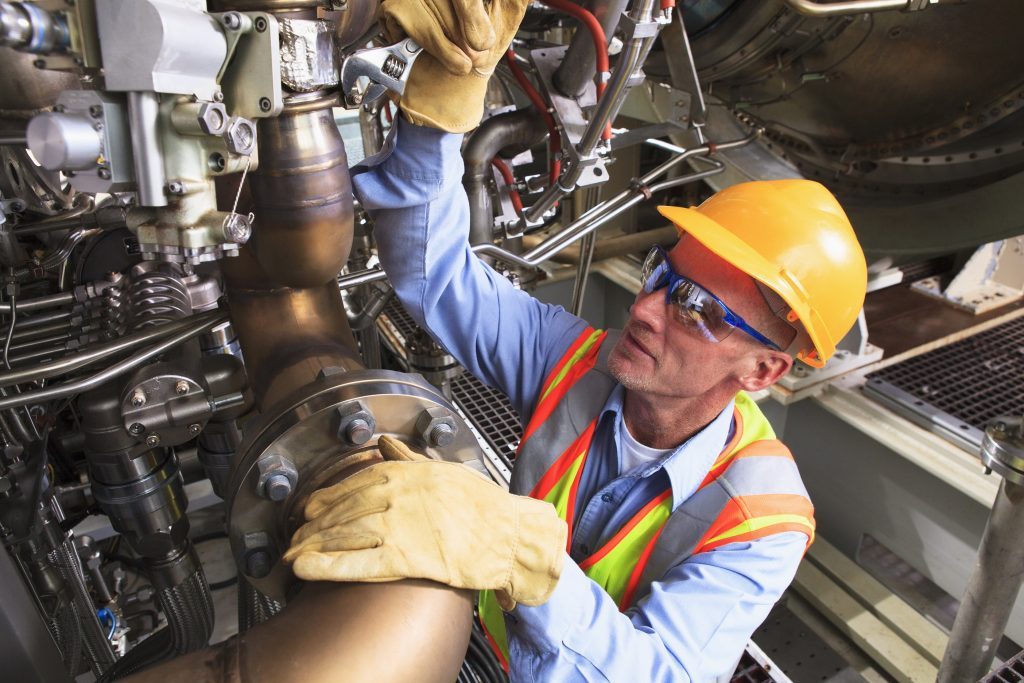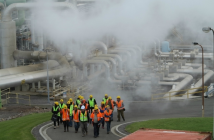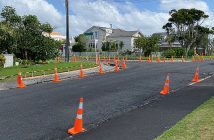While GPS location always works provided you’re in view of the sky, you may also have staff who need protection and are working in vast indoor spaces

With satellite navigation, your navigational “landmarks” are space satellites whizzing through the sky above your head about 20,000km away.
Because they’re constantly moving (not stationary, like Earth-bound landmarks), finding your position from them is a bit more tricky. At least 4 satellites are needed to get a good location, and a really good solution will rely on minimum of 6-7 satellites.
They key is that they are moving and the device you’re wearing needs to be able to “poll” to them to create the breadcrumb trail of your travels and find you if you’re in trouble. The GPS chipset in your device cannot reach the satellites through roofs and very dense forestry type foliage.
If you’re always outside this is not a problem at all of course. However, if you are inside when you get into trouble we would not find you, unless your device was leaving a breadcrumb trail and we could see where you entered a building.
Small devices that don’t have the battery life to support constant “polling” to the satellites tend to send a test signal every few hours, or only when an alarm is activated. This means if an alarm is activated inside a building, we have no way of finding you.
So what’s the work around? A lone worker monitoring device can be used to constantly send location updates to the server.
There are also solutions that can communicate to indoor locating beacons. However, this is only good if you are always in the same building, and it has to be very powerful if you need to locate someone fast within a multi storey or multi room building.




